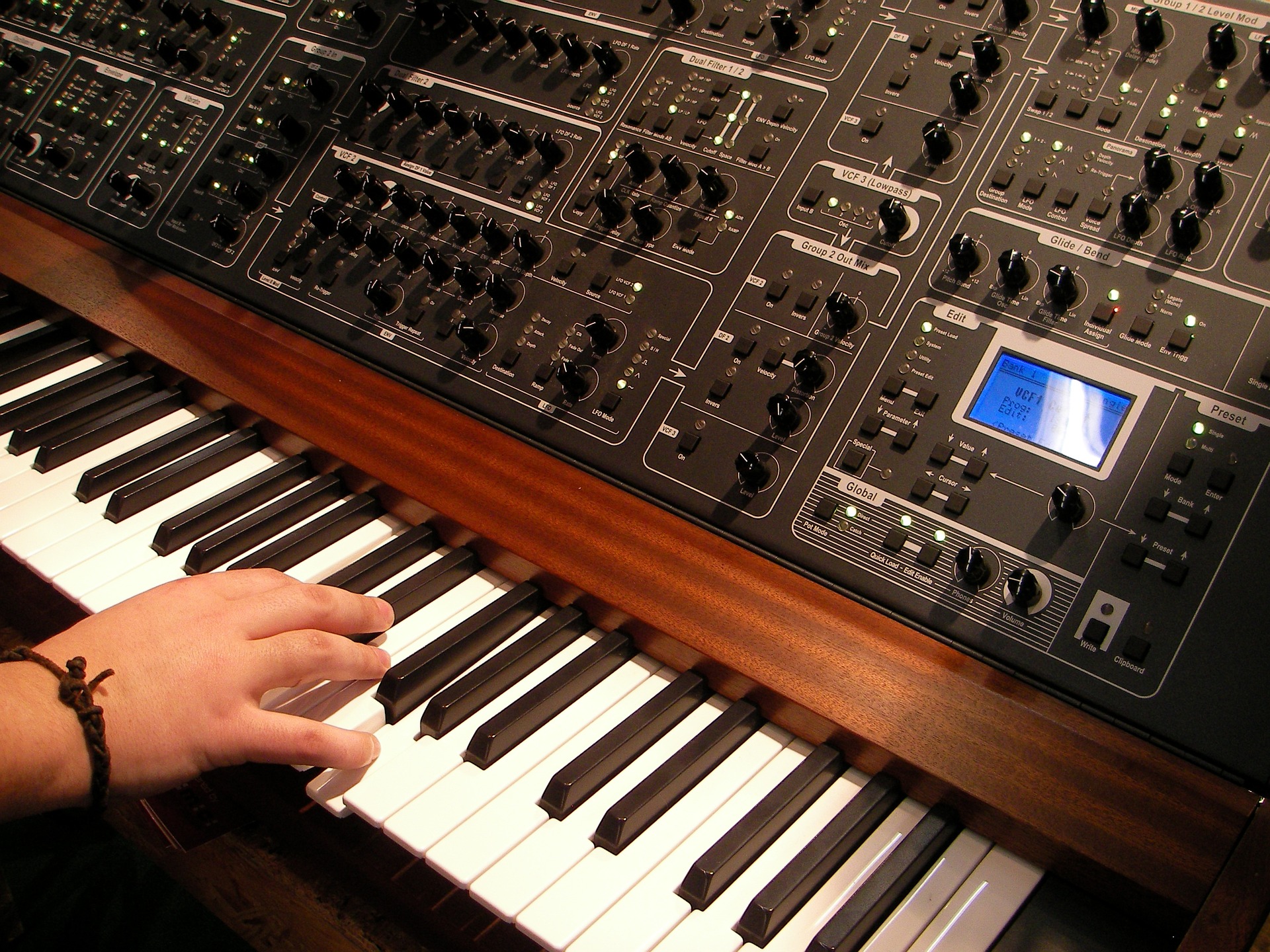Many musicians as well as non-musicians have certainly come across such a musical instrument as synthesizers. Be it a term, owner of one, or just saw one during your shopping spree visiting one of those malls. We all have come across this.
Yet, if you are not so well-acquainted with composing music, you might have no idea there are people who are in face, literally obsessed by synthesizers. The fanaticism over this in some individuals is reaching the point when people do not care about getting broken buying loads of classic and modern synthesizers.
Do not mistake a digital keyboard for a synthesizer
At this point you might be wondering what synthesizers are and why they are such a big deal. Prior to diving into this topic, let’s clear out one most common question and confusion between a synthesizer and digital keyboards. Indeed, to many people who are far from composing and even just playing music, there is no particular difference between synthesizers and digital keyboards. The difference becomes even more blurred since some digital keyboards are also equipped into the elements which might resemble the ones used for sound manipulation.
A digital keyboard
Digital keyboards are one of those keyboards that is very modern and you can still play. Usually, these digital keyboards comes with various preset sounds to play with. Choosing between instrumental sections, some drum beats or patterns to play with. You can record your patterns in real time and some other cool handy features. Most of the settings are already done for you and it has a more like a just plug-n-play approach to get you started.
A synthesizer
Synthesizers can do all of the same things but to some degree which is what differs the vast amount of sound you create out of it. You can create a lot of sounds on your own rather than using the predefined sounds and give your sounds a crazy amount of timber and tonal qualities. Synthesizers come with lot of components and knobs you can tweak with. These are pretty heavy when you look at them. The interface may look daunting at first if you get your hands on one and does not know how to use it. Just imagine there are even synthesizers with literally fifty or more knobs on them.
Those are basically a huge rack of synths.
Typical components of synthesizers
You can get totally nerdy with real synthesizers and create amazing characteristics of sounds. We are not going to dive into one of those mount rack synthesizers but will stick to some major components that are typically present in almost any synthesizers.
Despite the location or placement of the component, they are doing the same things and their sounds may vary from synthesizers to synthesizers. This is also a curious part of synthesizers as there is always a variation of sounds depending on the exact model and brand of the instrument. These components are what defines the shape of your sound developed by synthesizers.
A digitally controlled amplifier
The most common component is a DCA or a Digitally Controlled Amplifier. This component is responsible for the timing of your sound. That is to say how long it should wait to fade into a full sound, for how long it should sustain the sound and for how long it should leave a tail after the key has been released.
Oscillators
Synthesizers are also equipped into oscillators. These crucial elements are what generates the sound and shape. The characteristics of oscillators can be visually seen changing inside an oscilloscope. A lot of pitch and harmony can also be set with oscilloscope.
A filter
Another essential part of a synthesizer is its filter. A filter basically cuts down or boosts the timber of your sound. For example, you can cut down the low, mid, high. A low frequency oscillator that oscillates your existing oscillators and create a vibration-like sound. You can go crazy with it as it gives you a lot of opportunities for experimenting with sounds.
A noise generator
A noise generator is one more crucial element of synthesizers which is responsible for generating static white or pink noise. One of the typical examples of noise is the rising windy white noise sound before a start of a segment of a song or instrumental. Actually this is a common prevalent feature of electronic music.
A matrix board and a digital screen
There are also matrix board or digital screen board where you can patch various components together and go insane with it since the possibilities of coming with sound is endless here.
Now you can see digital keyboards are not the same as synthesizers.

